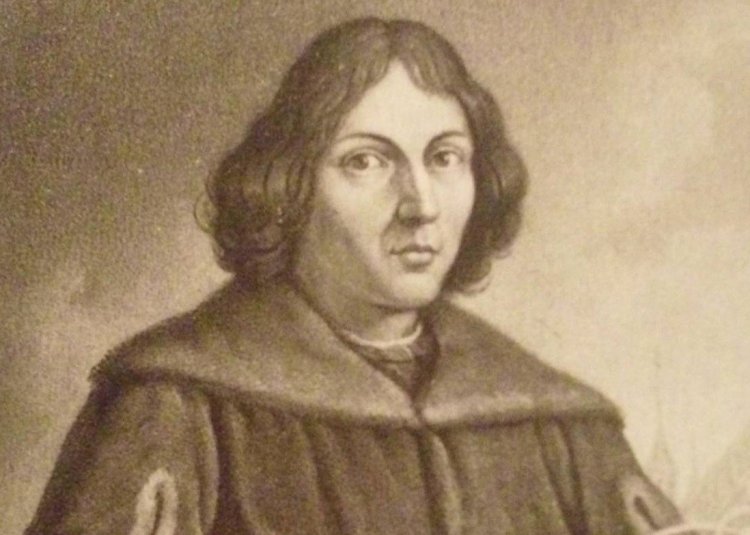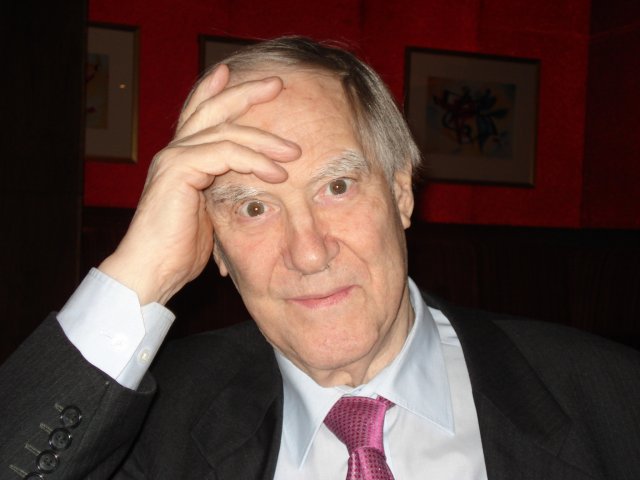Official:
Nicolaus Copernicus. February 19, 1473 – May 24, 1543. Renaissance-era Polish astronomer, mathematician, engineer, economist, physician. Known as the author of the heliocentric model, which set in motion the first Scientific Revolution.
Life and Work:
1. Thence, all believe Earth to be the center.
Astronomers spending their lives in fruitless labor,
Confused by cycles, until Copernicus,
Scorner of envy and fighter against barbarism.
This high praise of Nicolaus Copernicus comes from another great scientist, Mikhail Lomonosov.
2. It is believed that the Copernicus family came from Silesia where it was engaged in copper trade. It is from the word “kupfer,” German for “copper,” that the family name is supposedly derived. Later, the family moved to Krakow, and then to Torun where on February 19, 1473 Nicolaus was born.
3. No metric record of his birth survives, and the date was calculated based on the horoscope that Copernicus had created for himself. After all, at that time, when science was in its infancy, there was no distinction between astronomy and astrology.
4. Copernicus had a brother, later a canon in Warmia, and two sisters. One of his sisters became a nun, the other married and had five children. Nicolaus Copernicus felt a great affection towards the children and looked after them to the end of his life.
5. Nicolaus Copernicus studied at three universities: University of Krakow, University of Bologna and the University of Padua.
6. It wouldn't be exactly accurate to call Nicolaus Copernicus an astronomer. A native of Torun, he was a Catholic canon of the Catholic Cathedral in Frombork, a mathematician, economist, doctor, and engineer. He treated people for free, developed and implemented a system of coin circulation in Poland, built a hydraulic machine that supplied water to the entire Frombork.
7. During the Polish-Teutonic War of 1519–1521, Copernicus organized a successful defense of the Prince-Bishopric of Warmia that Frombork was a part of against the Teutonic Order. When the war ended, he participated in the peace negotiations that culminated in the creation of the first Protestant state on the Order's lands, the Duchy of Prussia, at that time a subject of the Polish crown.
8. It was after his death that fame came to Copernicus the astronomer. He was not just an observer, but a thinker, a philosopher for astronomy. It was Copernicus who proposed a reasoned model in which the Sun, the Moon and planets did not revolve around Earth, but Earth, along with other planets, revolved around the Sun, and only the Moon was still the satellite of Earth. According to Copernicus and his heliocentric model, all movements around the celestial sphere are explained by the rotation of the Earth around its axis and around the Sun.
9. Copernicus himself expressed his thought in a wonderfully beautiful way: “Who, in this most beautiful temple, would set this lamp in another or a better place, whence to illuminate all things at once?”
10. Mikhail Lomonosov described the essence of Copernicus's discovery in verse:
He placed the Sun amid all planets,
The dual motion of the Earth discovered,
One makes it daily ‘round its center,
The other, in a year around the Sun,
He tore down cycles with his Model
And proved the truth with accuracy of phenomena.
11. And more from Lomonosov, this time as a metaphor: Who ever saw such a simpleton among the cooks
Who would be turning the hearth around the roast?
12. Copernicus the clergyman published the fruits of his reflections with a dedication to Pope Paul III. He had known the happiness of holding his printed work before he died.
13. The initiator of the Reformation Martin Luther had this to say of Copernicus's discovery: “This fool wants to turn the whole art of astronomy upside down!”
14. Philosopher Francis Bacon was not far behind: “These are the speculations of one who cares not what fictions he introduces into nature, provided his calculations answer.”
15. Luckily, Copernicus was never persecuted or made to denounce his work, which is currently explained by the fact that he wrote in Latin, which at that time only a small portion of educated people could read.
16. It was only in the 19th century that Copernicus gained true recognition. And no one could claim that the words on the pedestal of the Copernicus Monument in Torun were in any way an exaggeration: “He stopped the sun and set the earth in motion.”






















